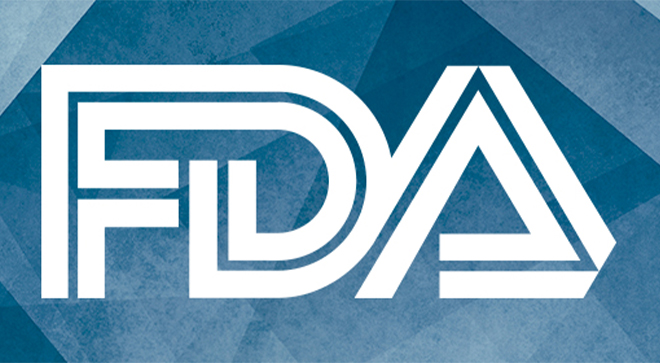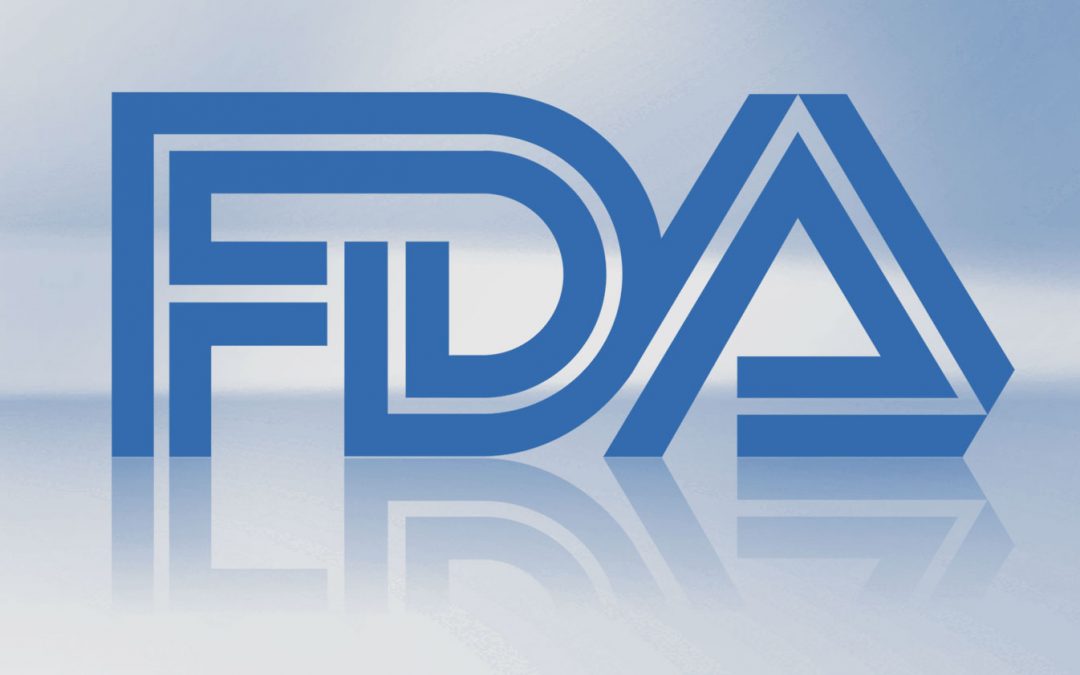The Food and Drug Administration (FDA) has proposed an amendment to the non-invasive bone growth stimulators classification rules. The document has been published in the Federal Register.

Non-Invasive Bone Growth Stimulator Devices: Brief Description
Non-invasive bone growth stimulators are intended to produce waveform to be delivered to a treatment site using non-invasive methods. As usual, the device of this type contains a waveform generator and a transducer. It could also have an internal means of monitoring the output waveform and treatment.

Proposed Amendment Summary
According to the information available in the Federal Register, the Agency suggests reclassifying non-invasive bone growth stimulators. They are currently regulated as Class III medical devices under the risk-based classification and thus subject to premarket approval. The agency wants to reclassify these stimulators as Class II (special controls), subject to premarket notification. The Agency also deems necessary to introduce a new device classification – “non-invasive bone growth stimulators”. In the case that the proposed changes to the classification of medical devices would be adopted, the aforementioned medical devices would no longer be subject to the premarket approval, while being subject to 510(k) premarket notification requirements.
Regulatory Background
The regulatory approach to medical devices is currently based on the Federal Food, Drug, and Cosmetic (FD&C) Act which sets forth the rules and requirements medical devices should comply with in order to be allowed for marketing in the US. In accordance with Section 513 of the aforementioned Act, there are three classes of medical devices depending on the safety and effectiveness matters, namely:
- Class I (general controls),
- Class II (general controls and special controls),
- Class III (general controls and premarket approval).
According to the general rule, all medical devices that have not been marketed prior to May 28, 1976, should be treated as Class III medical devices by default. Later the FDA is allowed to either reclassify them into Class I or Class II or indicate that such devices are eligible for the substantial equivalence rule providing that the device could be placed on the market in case if the manufacturer would demonstrate equivalence to the similar medical device already approved by the FDA and marketed in the US. The aforementioned reclassification could be performed by the Agency by issuing an appropriate administrative order. When amending the classification rules the device should be subject to, the FDA shall ensure that the controls applied in accordance with the new classification are sufficient in terms of the safety and effectiveness of the device.
As usual, the FDA initiates such a reclassification in cases when it collects sufficient data demonstrating the needs for such changes, for instance, is a form of valid clinical evidence. The concept of «valid clinical evidence» is being actively used when determining the reasonable level of regulation for devices. It is also important to mention that any information considered by the FDA when determining the eligibility of medical devices for reclassification should be publicly available.
In accordance with Section 510(m) of the FD&C Act, Class II medical devices could be exempted from the premarket notification requirements in case if the FDA states that the safety and effectiveness of the device could be assured without such a procedure. At the same time, in this particular case, the Agency is not going to apply for the aforementioned exemption, hence, non-invasive bone growth stimulator devices should be subject to premarket notification in accordance with Section 510(k) of the FD&C Act.

Non-Invasive Bone Growth Stimulator Devices: History of Regulation
As it was already mentioned before, non-invasive bone growth stimulator devices have been initially assigned to Class III of the risk-based classification in accordance with the general rule applicable for medical devices placed on the market for the first time after May 28, 1976. Such devices also have not been determined as equivalent to any of the medical devices reassigned to other classes. Thus, non-invasive bone growth stimulator devices should be subject to the requirements on premarket approval.
The first medical device of the aforementioned type has been approved by the FDA in November 1979. Nowadays there are five FDA-approved medical devices of this type. The first request for reclassification was submitted to the FDA later in February 2005. Upon review, the Agency requested additional information and later forwarded the request to the FDA Advisory Committee. The appropriate body of the Committee performed rigorous research, analyzed the information available, and outlined the most important risks associated with non-invasive bone growth stimulators. As a result of the review, the Committee recommended retaining the devices in question in Class III due to the insufficiency of the information confirming that special controls could be sufficient to ensure the safety and effectiveness of medical devices. The response of the Committee was based on the following points:
- Special controls suggested by the applicant have been determined as sufficient in part of risks associated with electric shock, allergic reaction, biological risk, and certain other aspects.
- The evidence related to the risks of inconsistent or ineffective treatment was found insufficient, and additional clinical data has been requested.
The FDA has informed the applicant accordingly, and later the applicant requested the withdrawal of its reclassification request (petitions). Upon successful withdrawal, no further actions have been taken by the applicant.
Later in 2015, the FDA has published a list of medical devices that potentially could be subject to reclassification, which also included non-invasive bone growth stimulators. At that time, the FDA received only one response, which was not in favor of the suggested reclassification – the responses appealed to the same points as highlighted in the initial response issued by the Committee earlier in 2006. As a result, the FDA determined that non-invasive bone growth stimulators should be regulated as Class III medical devices without any changes to their regulatory status.

FDA Reclassification Proposal
In accordance with the official announcement published in the Federal Register, the FDA, on its own initiative, proposes to amend the classification rules applicable to non-invasive bone growth stimulators, reclassifying them from Class III to Class II, stating that the additional special controls would be sufficient to ensure the safety and effectiveness as required under the applicable regulations.
Summarizing the information provided hereabove, the proposed reclassification would result in assigning non-invasive bone growth stimulator devices to Class II under the risk-based classification instead of Class III such devices are assigned to in accordance with the current version of classification rules. When adopted, the proposed amendment would simplify significantly the regulatory approach and reduce the unneeded regulatory burden medical device manufacturers shall carry out in order to be allowed to market their devices in the US.
The Agency is encouraging medical device manufacturers to provide their comments and suggestions in either print or electronically via the Federal Rulemaking Portal. The latter approach should be used in case if the submission contains confidential information that should not be made publicly available. The order will remain open for public comments until October 16, 2020.
How Can RegDesk Help?
RegDesk is a next-generation web-based software for medical device and IVD companies. Our cutting-edge platform uses machine learning to provide regulatory intelligence, application preparation, submission, and approvals management globally. Our clients also have access to our network of over 4000 compliance experts worldwide to obtain verification on critical questions. Applications that normally take 6 months to prepare can now be prepared within 6 days using RegDesk Dash(TM). Global expansion has never been this simple.
Sources:

